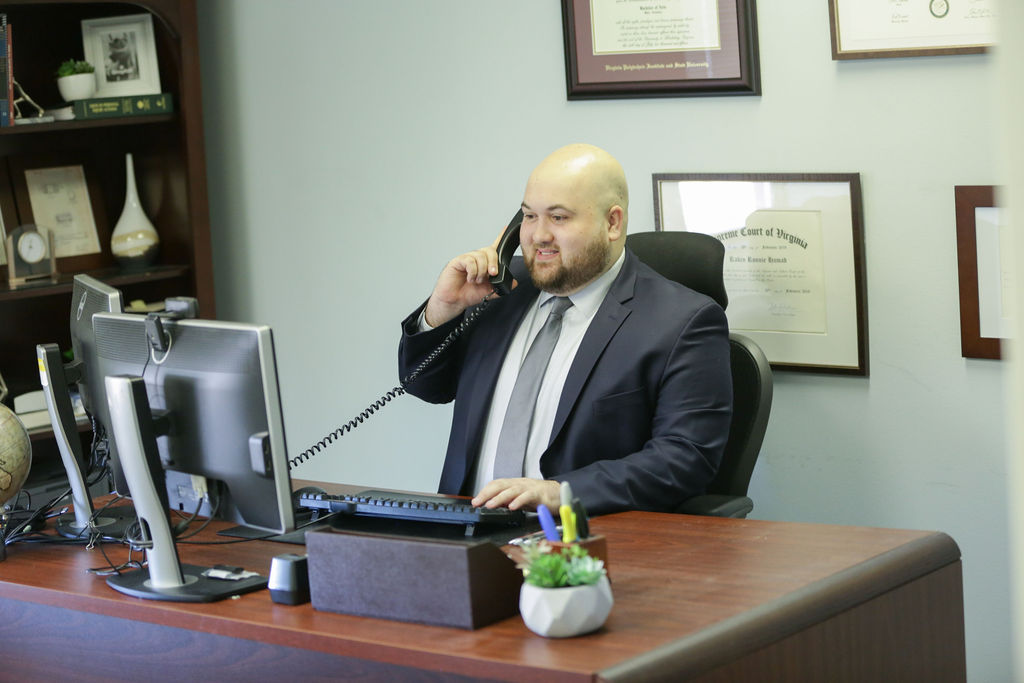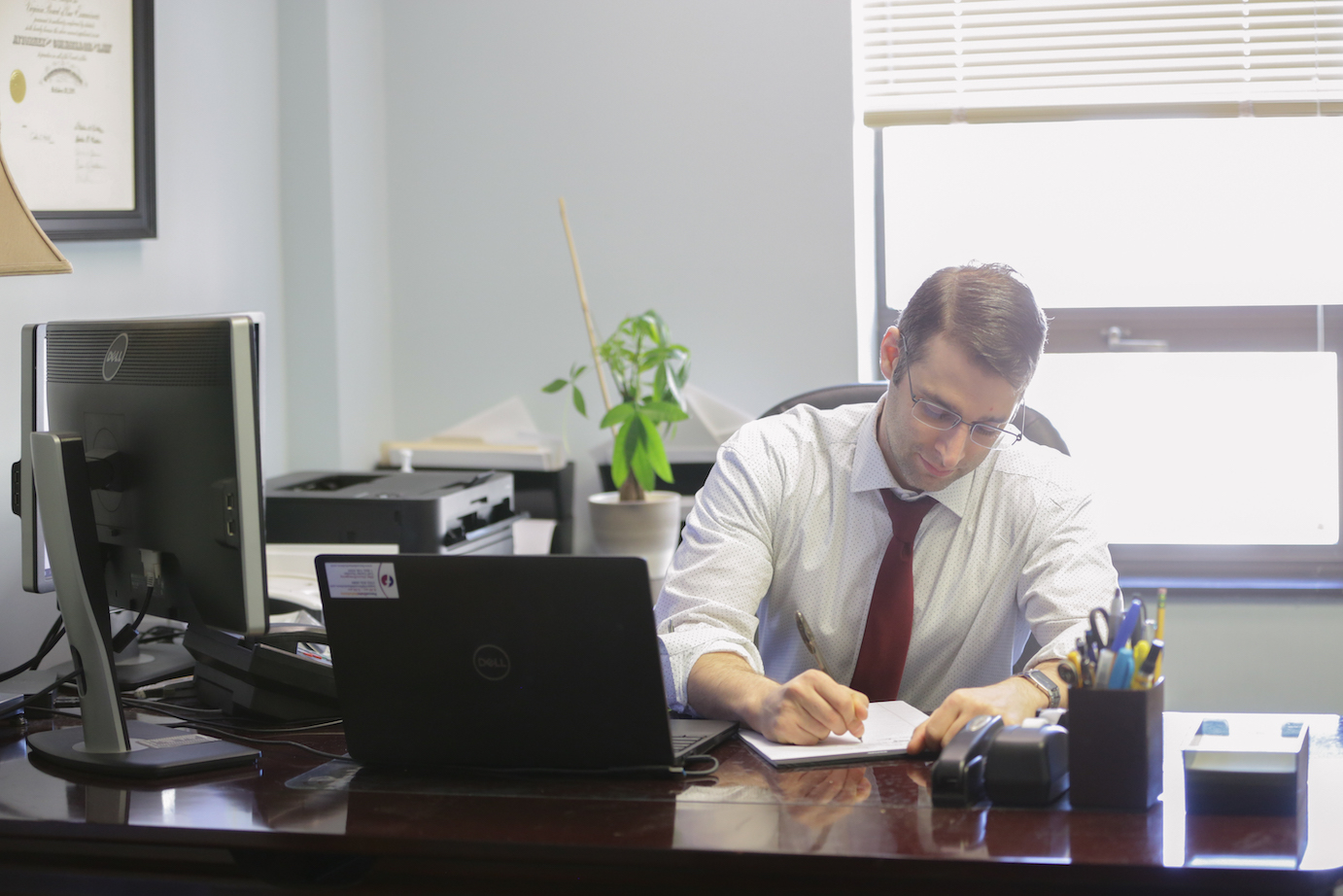
The settlement process of a personal injury claim cannot begin until you have determined liability and have proof that you sustained damages during the accident that led to your claim.
It is important to note that you should always wait until you’ve reached your maximum medical improvement (MMI), which means you’ve recovered as much as possible from your injury before entering settlement proceedings. As long as you are still receiving treatment for your injuries, you will not know the full extent of your damages. If you are still receiving medical treatment for your injury, the full extent of your injury, and its impact on your life is not completely clear. If your injury worsens, requires unexpected additional care, or new symptoms arise, but you settled too early, you may end up losing the valuable compensation you deserve.
Once you have completed treatment and are ready to attempt settling your claim, your personal injury lawyer will work closely with you to put together a demand package.
That being said, you should still reach out to a personal injury attorney shortly after your accident — even if you can’t settle right away. This gives you time to prove liability and damages, keep detailed records of medical care and other valuable evidence, and build a case that maximizes your chances of receiving an appropriate settlement.
Sending a demand letter
To initiate the settlement process, your lawyer will send a demand letter. A demand letter is the first step in the negotiations process regarding your claim. The letter includes a demand for an amount that you would accept in exchange for a full and final release of the at-fault party. Once you accept a settlement, you will have to release the at-fault party for any personal injuries or damages sustained in the accident. Your demand should reimburse all of the damages, economic and non-economic, that you suffered because of your injury.
The demand letter is an extensive document that provides details about the accident, including:
- The summarized facts of an accident in an uncontested fashion
- An argument section on why the defendant is liable
- How your injuries were sustained, and how they’ve impacted your life
- A description of your damages, including the injuries, medical treatment needed, medical bills, symptoms, and the longevity/duration of the injury
- A description of the pain, mental anguish, and inconvenience that you have suffered
- Discussion of any future treatment you may need
- The income you’ve lost due to the accident
The negotiation process
After your demand letter is sent, the negotiation begins in earnest. Typically, there are a few rounds of negotiation, as the defendant’s insurance company will usually respond to your demand letter with a lower offer than your original demand. At this point, you can work with your attorney to lower your demand in hopes of resolving the case. Usually, this back-and-forth process results in a settlement somewhere between the original demand and the insurance company’s first offer.
What happens if a settlement can’t be reached?
Your personal injury lawyer will convey every offer to you, and based on their experience, give you advice on your best course of action. If your attorney believes you can do better, a reasonable counter-offer will be prepared that would better serve your needs moving forward.
Though a vast majority of personal injury claims are settled, there are instances where this isn’t the case. If you are unable to reach an agreement with the defendant’s insurance company that you are satisfied with, the next step would be to bring your dispute to court, as a lawsuit, to be resolved.
Tell us more about your legal matter and a member of our team will be in touch with you shortly.


















